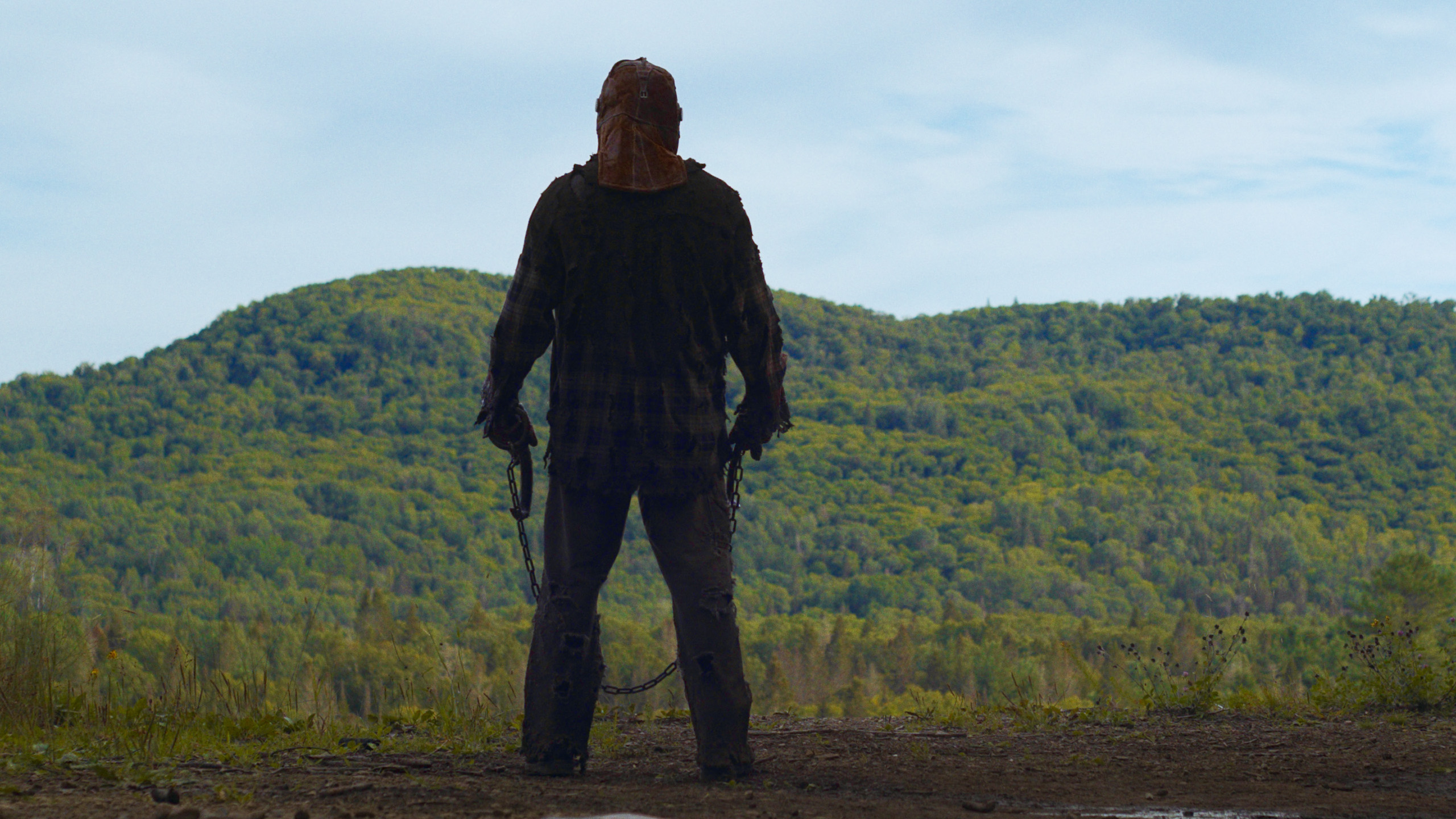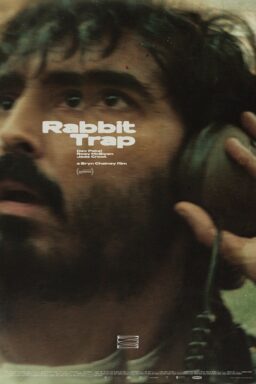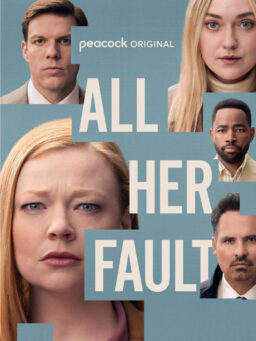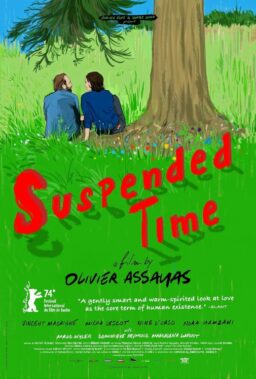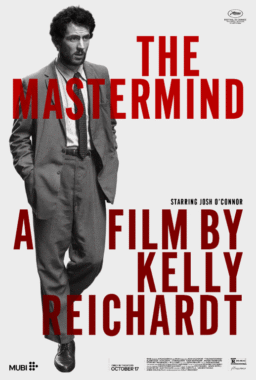The Midnights program at Sundance this year was strongly considered to be one of the best of the year, particularly because it produced fest hits “I Saw the TV Glow” and “Love Lies Bleeding,” two A24 films that people will be talking about for months. Of course, those films weren’t alone in the program that’s no longer really at midnight—since Covid, they’ve been starting at 10-11pm—but maintains that level of genre unpredictability. The three Midnights in this dispatch are wildly different, films from different corners of the world, with wildly varying levels of creative success too.
The best of the bunch is Chris Nash’s wild “In a Violent Nature,” a film that plays like an arthouse version of “Friday the 13th,” from Jason’s perspective. It is a gore-fest that is splendidly committed to the bit, starting with an extended sequence of a hulking figure emerging from the earth and slowly walking through the woods. As a conversation plays out in the distance—always at such a clear volume that I half-wonder if Nash’s undead creature is supposed to have super-hearing—the camera lurks a few steps behind its monster, moving at his deliberate pace. This is largely the rhythm the film will follow for its runtime, including an amazing scene in which the monster simply walks into a lake in which a poor victim is swimming on the other side, and we wait what seems like an eternity for the inevitable.
There is a loose plot in “In a Violent Nature” that explains the film’s big bad and introduces a group of travelers to the woodsy region, one of whom takes a necklace that had been keeping the villain entombed in the ground. The travelers are largely just a crew of future victims, but Nash has put some thought into their dispatching, including one of the most brutal kills I’ve ever seen in a horror film. And, to be fair, the young Canadian cast is more charming and engaging than your average slasher pic, especially Andrea Pavlovic. The first few victims are kind of interchangeable, but the ones who realize they’re being hunted deliver, especially when they realize they’re being hunted.
Having said that, “In a Violent Nature” is mostly a formal exercise. What if we told a horror story not as much from the POV of the bad guy—it’s like we get to know his inner monologue—but merely trapped by his side? And Nash is careful not to make a “Hardcore Henry” version of this wherein we root for a ruthless killer. It’s not exploitative, even though it is often gross and brutal. In a sense, locking us beside the bad guy ups the tension because we can’t escape either. We’re as trapped as his victims, just hoping he doesn’t turn around.

There’s a sense of feeling trapped by Jon Bell’s “The Moogai” but that’s more due to the bad filmmaking decisions made in its production. This Aussie flick may share producers with “The Babadook” and “Talk to Me,” but it doesn’t match their quality level, falling victim to some pretty poor creative choices. It shares thematic cohesion with “The Babadook” in that it’s another genre flick about the horror of motherhood, but it’s a film that comes apart relatively early due to an unconvincing lead performance and shallow writing before it really spins off the rails with creature design that should be a cautionary tale for anyone who tries to make a film like this in the future.
Sarah (Shari Sebbens) and Fergus (Meyne Wyatt) are a happy couple with one child and another on the way. Sarah is also a successful professional, working with a friend played by Bella Heathcote, which leads one to believe that “The Moogai” might play with the stress of being a working mother, but, like so much of this film, it just feels like padding. The problem is that Sarah is such a poorly defined character, one who is forced to respond to the horrors that the script thrusts at her but no dimensionality of her own. It’s frustrating to watch Sebbens struggle to find something to hold onto in a performance that first feels truly bad until one realizes how little she’s consistent behavior that she’s actually been given to work with.
Sarah becomes convinced that a creature named the Moogai is coming to steal her baby, recalling Aboriginal mythology along with the tragic history of Australia’s theft of Indigenous children from their parents. However, this connection feels cheap instead of emotionally or historically resonant. Part of the problem is that the title creature is disastrously conceived, appearing more like a rough sketch on a CGI program than anything actually scary. It reportedly produced more laughter at a Sundance screening that fear, and I truly hope it’s refined before the film gets its eventual theatrical release.

While tightening the effects could help “The Moogai,” there’s no way to save “Krazy House,” the true disaster of Sundance 2024. I’ll be brief because I don’t believe in beating a dead horse, and this one is truly D.O.A.
The talented Nick Frost (“Shaun of the Dead”) stars as Bernie Christian, the protagonist of a ‘90s family sitcom like “Married … with Children” or “Home Improvement,” who is married to a working woman named Eva (Alicia Silverstone). Bernie is a bumbling oaf who emphasizes his love for God, knitting Jesus sweaters for his family and counseling his children Sarah (Gaite Jansen) and Adam (Walt Klink) with religious platitudes.
From the beginning, there’s a bit of grotesque mockery at the heart of “Krazy House,” a film that’s cruel to the faithful in a way that doesn’t feel satirical as much as punching down. And the conceit that this is filmed before a studio audience would presumably require some actual jokes to be written, but none of this is as funny as your average sitcom. It’s painfully unfunny, and then the film really comes apart at the seams when a trio of Russian baddies show up promising home renovations for the Christians but have ulterior motives.
It’s here where the form splits off and “Krazy House” becomes a widescreen bloodbath. The children get corrupted by drugs and sex; Bernie gets beat up; even the dog is in mortal jeopardy. It’s all so depressingly hollow, doing nothing with interesting themes and finding no entertainment value in its increasingly convoluted nonsense. This house is a tear-down.

